Who hasn’t had a hair loss scare? All of us, at some point, start to fear that we might be losing too much hair. While most of the time it’s just a false alarm, and our hair’s routine shedding, in some cases, it is more than that. But what could be causing the unexpected hair loss?
If you have been experiencing hair fall, and have reason to believe that it’s not just your shedding cycle, the first thing to do would be to find out what’s causing the problem. But first, let’s dismiss some common myths concerning hair fall, discuss how hair growth works, and why hair fall occurs.
All You Need To Know About Your Hair
i) Get The Right Diagnosis
ii) Use The Right Comb
iii) Towel Dry The Right Way
iv) Choose Your Products Wisely
v) Wash Your Hair Thrice A Week
vi) Style It Right
vii) Natural Treatments
viii) Keep Your Scalp Healthy
ix) Yoga And Exercise
x) Take Supplements
xi) Homemade Treatments
xii) Salon Treatments
xiii) Diet
xiv) Anti-Hair Fall Products
ii) Use The Right Comb
iii) Towel Dry The Right Way
iv) Choose Your Products Wisely
v) Wash Your Hair Thrice A Week
vi) Style It Right
vii) Natural Treatments
viii) Keep Your Scalp Healthy
ix) Yoga And Exercise
x) Take Supplements
xi) Homemade Treatments
xii) Salon Treatments
xiii) Diet
xiv) Anti-Hair Fall Products
1. Myths Concerning Hair Fall
Image: Shutterstock
Myth 1- Only Men Are Affected By Balding
Let me make this very clear: Experiencing hair loss doesn’t indicate that there is something wrong with one of your ‘X’ chromosomes. It is actually pretty common for women to experience hair fall. In fact, 40% of women are affected by hair loss at some point in their lives.
Myth 2- Washing Your Hair Too Often Is The Problem
The next time someone gives you this little piece of unwanted advice, please feel free to laugh at them. Granted, washing your hair more than thrice a week is a bit excessive, but it does not cause hair loss.
Myth 3- Brushing = Balding
No, brushing does NOT make you bald. I mean, unless you are yanking the hair right out of your skull with a brush, this isn’t a thing. However, brushing your hair when it is wet is a big no-no as this causes breakage.
Myth 4- Coloring And Hair Treatments Will Lead To Hair Loss
What’s the point of having hair if you can’t have fun with it? As long as you go about it the right way and avoid over processing, you’re good. However, there are certain hair treatments that list hair fall as a possible side effect, so it is always a good idea to do your research before you opt for an extreme treatment.
Myth 5- Shaving Your Head Will Fix The Problem
Shave your head if you please. But if you’re expecting your hair to be thicker when it grows, you will be disappointed.
While the little things do matter, hair fall is often the result of a bigger problem. To understand why you are losing hair, you need to first understand how hair growth works. I’m not going to give you a biology lesson, but here’s a little bit of information that can help you understand the problem better:
2. Hair Growth – The Stages
Have you ever wondered why your hair does not grow past one point no matter how much you try? This is because, contrary to popular belief, your hair has a life cycle of 3-5 years after which it falls out to let a new hair grow in its place.
Image: Shutterstock
Stage 1: Anagen
This is the phase when the hair grows out from the follicles, and the shaft is continuously constructed, increasing the length of your hair. This phase can last for 2-6 years.
Stage 2: Catagen
In this phase, your hair prepares to go into resting. This stage can last for about 2 weeks.
Stage 3: Telogen
The last phase is the resting phase wherein the hair stops growing and eventually falls out to let a new hair replace it. This phase lasts for about 5-6 weeks.
10-20% of your hair is always in resting at any given time. Hair loss occurs when your hair falls out without completing this 3 stage cycle. The hair loss becomes permanent when the follicle stops producing hair, leading to balding. There are two types of hair fall that can lead to balding; keep reading to find out what they are.
3. Patterns Of Hair Fall – Types Of Hair Loss
Image: Shutterstock
Pattern 1: Telogen Effluvium
If you have been experiencing loss of hair from all over your scalp and body, it is likely that you have Telogen Effluvium.
Telogen Effluvium occurs when more than 20% of your follicles suddenly go into the telogen phase, decreasing the number of follicles that are actively growing hair. This results in the loss of volume and, eventually, balding.
Pattern 2: Androgenic Alopecia
This condition is more commonly known as female pattern baldness and is hormonal. Hair starts to fall off when the male sex hormone testosterone is converted into dihydrotestosterone and starts to attack the hair follicles, rendering them useless and curbing hair growth.
Female pattern baldness is strikingly different from the male pattern baldness. The primary symptoms of female pattern baldness include the following:
4. What Causes Hair Fall?
Causes of hair fall vary from person to person. While in some cases external factors might be responsible, issues such as some serious medical conditions, lack of nutrition and heredity are also leading causes of baldness in most patients. Check out some of the top factors that might cause premature hair loss in women.
a. Hereditary Factors
Image: Shutterstock
Baldness is often passed down through genes. If your parents have a hair loss problem, it is likely that you will as well. While this is more evident in men, women too suffer from genetically inherited alopecia.
b. Hormonal Changes
Image: Shutterstock
Hormonal changes in the body increase the sensitivity of hair follicles, weaken hair roots, and cause excess hair fall. Menopause, ovarian cyst, hypothyroid, hyperthyroid, etc., bring about changes in your body’s hormonal balance, which eventually leads to hair loss.
c. Pregnancy
Image: Shutterstock
Most women, during, and post pregnancy, experience frequent dehydration, fatigue, and hormonal imbalance. This causes increased sensitivity in the hair follicles. It also creates unfavorable scalp conditions. All of these factors together lead to chronic hair fall.
d. Physical And Mental Stress
Image: Shutterstock
Persistent illness, drastic and excessive weight loss, and extreme physical labor can cause the body to get dehydrated and exhausted. This can make the hair follicles undernourished and weak, and cause rapid hair loss.
e. Scalp Infection
Image: Shutterstock
Fungal, bacterial, and viral infections like seborrhea dermatitis and psoriasis in the scalp can weaken the roots and damage hair follicles, thereby causing thinning, breakage, and hair fall.
f. Alopecia Areata
Image: Shutterstock
This is an autoimmune disorder where the immune system mistakes hair for a foreign contaminant and starts attacking the hair follicles, causing hair loss. There is no cure for this condition and 10% of the people who have it suffer from permanent hair loss.
i. Medication And Treatments
Image: Shutterstock
Certain medical conditions call for treatments and surgeries that help to cure the ailment. While these treat your condition, the side effects of the treatments can often damage the hair follicles and cause rapid hair fall. Treatments like chemotherapy to treat cancer, steroids, and medication for typhoid, heart diseases, depression, etc. are known to be responsible for extreme hair fall to the extent of causing baldness. Here’s a list of drugs that list hair loss as a possible side effect:
j. Thyroid Disorders
Image: Shutterstock
Thyroid disorders and anti-thyroid medication almost always lead to hair loss. The hair looks sparse and the hair loss is evenly distributed all over the scalp. Successful treatment often leads to the hair growing back, but in some cases the hair loss is permanent.
k. Overprocessing And Styling
Image: Shutterstock
While everyone wants their hair to look on point all the time, going overboard with chemical hair treatments and hot styling tools can lead to hair fall.
l. Iron Deficiency, Anemia, And Blood Loss
Image: Shutterstock
Deficiency of red blood cells in the body, sudden loss of blood, and insufficient iron levels in the body cause not only fatigue, weakness, and headaches, but also hair loss.
m. Crash Diets And Malnutrition
Image: Shutterstock
Insufficient intake of nutrients and following an unhealthy and unbalanced diet can cause malnourishment in the body. This leads to dehydration of the scalp and hair and can trigger excessive hair fall.
5. Simple Tips For Reducing Hair Fall
We know that dealing with hair fall can be overwhelming, but there are things you can do to curb a hair fall problem. Here are 40 simple tips that really help.
How To Reduce Hair Loss – 40 Simple Tips
i) Get The Right Diagnosis
Image: Shutterstock
As I mentioned before, the causes of hair fall are innumerable, and so it becomes crucial to get to the root of the problem. The best way to go about dealing with the problem would be to get the correct diagnosis to begin with. This can be made simpler by finding the areas where thinning is most prominent and also monitoring how much hair you are losing whenever you comb or shampoo. Consult a physician to find out whether you have any underlying medical issues causing the hair fall.
ii) Use The Right Comb
Image: Shutterstock
Combing your hair can be a nightmare when you are dealing with hair loss. This can be made easier by using the right comb. Use a wooden wide-tooth comb to untangle your hair; you can use your regular brush after this. This will reduce breakage and hair loss from pulling. It is also crucial to remember not to comb your hair while it is wet. Your hair is at its most vulnerable when wet, which increases the chances of breakage. You should also clean your combs and brushes every week. You can do this while you’re in the shower or while shampooing each week. Cleaning your combs is a necessary precaution to take for hair fall control.
iii) Towel Dry The Right Way
Image: Shutterstock
While rubbing your hair with a towel seems like the quickest way to dry it, it is also the worst thing that you could do to your hair. Drying your hair vigorously with a towel will lead to hair breakage, tangles, and pulling. Instead, gently squeeze out the excess moisture from your hair with your towel and then let it dry naturally.
iv) Choose Your Products Wisely
Image: Shutterstock
Try to switch to shampoos that are sulfate, silicone, and paraben-free to avoid loading your scalp and hair with harsh chemicals that cause damage, making your hair brittle and more prone to breakage. Controlling the chemical damage is certainly a sure shot way to ensure hair loss prevention.
A lot of brands like The Body Shop, Soul Tree, Rustic Art, Organic Surge, and The Nature’s Co. have some really good shampoo options that you can choose from.
v) Wash Your Hair Thrice A Week
Image: Shutterstock
Wash your hair at least once every three days with a gentle hair cleanser or shampoo to remove all the accumulated dust, dirt, oil, and bacteria build up. Keep it clean at all times to avoid hair fall from clogged follicles. It is also important not to wash your hair more than thrice a week. Overwashing will strip your scalp and hair of the natural oils that are essential for healthy hair growth.
vi) Style It Right
Image: Shutterstock
Do not subject your hair to frequent chemical treatments, excessive blow drying, ironing, and coloring, as it can lead to hair loss. If you color your hair and have been facing hair fall issues, it would be a good idea to take a short break before you put any more chemicals in your hair. Avoid hairstyles like tight ponytails, pigtails or braids on a daily basis. Using hair elastics to pull back hair tightly can cause hair fall.
vii) Natural Treatments
Image: Shutterstock
The ingredients from your kitchen can be a lot of help when you are looking for remedies for hair fall. Ingredients like coconut oil, onion, ginger, etc., have amazing properties that help promote hair growth.
viii) Keep Your Scalp Healthy
Image: Shutterstock
If you have issues like dandruff or an oily/dry scalp, you need to tackle these issues immediately. Scalp health is vital to healthy hair growth and for avoiding hair fall.
ix) Yoga And Exercise
Image: Shutterstock
You’d be surprised at how much stress can contribute towards hair fall. And nothing relieves stress as well as physical activity does. Regular exercise like yoga can go a long way in reducing stress and helping curb hair fall. In fact, there are certain yoga exercises that specially target reducing hair fall.
x) Take Supplements
Image: Shutterstock
There are many hair growth supplements in the market that help thicken hair and curb hair fall. Even certain vitamin supplements go a long way in improving the health and volume of your hair. However, do not start taking any supplements without consulting a healthcare professional first. Minoxidil (Rogaine) is one of the most effective, FDA-approved and commonly prescribed medications from doctors worldwide for arresting hair fall and treating alopecia-related problems.
xi) Homemade Treatments
Hair Oil Treatment
Image: Shutterstock
There have been reams and reams of paper dedicated to how oiling your hair overnight can make a difference. Well, it is true. Though you may not like the idea of sticky, oily hair, application of oils like almond, coconut, and castor seeds, among others, can help your hair in the long term. Leaving your hair oiled overnight provides enough time for each strand to be coated and for the scalp to get nourished. Dandruff and dead cells are loosened by the movement of your fingers and can be removed easily with shampoo the next day. To give yourself an overnight oil treatment, follow the steps below (keep reading to know more about an oil blend recipe for treating hair loss):
You Will Need
2 tbsp Carrier Oil (Use an oil of your choice. You can also use hair oil blends)
Processing Time
Overnight
Process
How Often?
2-3 times a week.
Hot Oil Treatment
Image: Shutterstock
If you are not keen on the idea of oiling your hair overnight, you can always apply oil an hour before bathing. Warm oils are preferred because they can penetrate into the pores of the scalp more easily and increases the flow of blood in the area. Follow the steps listed below to give yourself a hot oil treatment.
You Will Need
Processing Time
45 minutes- 1 hour
Process
How Often?
2-3 times a week.
Here’s an easy oil blend recipe you can use to give yourself a hair oil treatment:
Oil Blend For Hair Loss
You Will Need
This is to make a 100 ml mixture. You will also require an empty bottle for storing it and a measuring cap to measure out the required quantities.
Natural oils such as coconut, olive, castor, almond, jojoba, sesame, etc., can be used to massage the scalp for countering hair fall and encouraging new hair growth. As we discussed, hair fall problems are majorly caused due to the health of your scalp. Using a hair oil treatment twice a week helps stimulate your scalp and improves the blood circulation, boosting the amount of nourishment that the hair follicles receive. It also helps keep away issues such as dandruff, dryness, and flaking. Not only do these treatments improve scalp health, but they also improve the strength of your hair and help keep it conditioned. But oil is not the only nourishing treatment your hair can receive. In fact, there are a number of remedies you can whip up in your kitchen to reduce hair fall.
Homemade hair masks are an inexpensive and convenient option when it comes to controlling hair fall without exposing your hair to any harmful chemicals. They help to strengthen, nourish, and beautify. Here’s a simple homemade hair mask for treating hair loss:
Green Tea And Egg Hair Treatment
Image: Shutterstock
You Will Need
Processing Time
30 minutes
Process
How Often?
2-3 times a week.
Why This Works?
Green tea is loaded with antioxidants, which help to prevent hair fall and boost hair growth. Eggs have been a popular hair care ingredient for decades because of their high protein content. They provide your hair with the essential nutrients it needs to grow healthily.
xii) Salon Treatments
Hair Spa
Image: Shutterstock
Many salons offer hair spa treatments that are meant to strengthen, condition, and nourish your hair. These treatments are ideal for women who are busy and stressed. Not only does the treatment improve hair health, but is also the perfect way to relax and destress. Listed below are the benefits of a hair spa treatment.
Laser Therapy
Image: Shutterstock
Low-Level Laser Therapy (LLLT) is growing in popularity as an effective hair growth treatment. It effectively deals with hair loss or thinning hair by providing damaged cells in your scalp with extra energy to resume normal functioning. This helps stimulate hair growth and curbs hair fall.
xiii) Diet
Image: Shutterstock
When it comes to hair health, what you put in your body is just as important as what you put on your hair. Maintaining a healthy and balanced diet becomes crucial as soon as you notice hair fall. Foods that are rich in Zinc, Iron, Vitamins A, B complex, Vitamin C, Vitamin E, omega-3 fatty acids, and proteins should be consumed. These foods by themselves may go a long way in curbing hair fall as more often than not, hair fall is directly related to a vitamin/mineral deficiency. A healthy diet will also help keep your hair moisturized and nourished, leading to lesser hair fall, fewer split ends, and curbed breakage.
Consider adding more of these to your diet – carrots, oats, whole grains, brown rice, green leafy vegetables, citrus fruits, lentils, sweet potatoes, pumpkin seeds, oysters, nuts such as walnuts and almonds, flaxseed oil (Linseed oil) or ground flaxseeds, seafood like salmon and tuna that are rich in omega-3 fatty acids, eggs, beans, yogurt, and low-fat cheese.
Do not forget to drink plenty of water throughout the day to flush out all the harmful toxins from your body.
xiv) Anti-Hair Fall Products
Here’s a look at some of the best anti-hair fall products available in the Indian market:
a) Trichup Hair Fall Control Oil
This herbal hair oil contains natural ingredients like neem, bhringraj, til oil, amalaki, japa, patola, dhattura, and narikel, which are known to help arrest hair fall. It helps strengthen and nourish the roots while also promoting new hair growth. The Trichup Hair Fall Control Oil protects hair from damage caused by chemical treatments, pollution, and styling. It improves hair texture and overall hair health.
Price
200 mL for Rs. 240/-
Directions For Use
b) Dove Hair Fall Rescue Shampoo
The Dove Hair Fall Rescue Treatment contains patented Trichozole active with ginseng and soy protein to help combat hair fall in just two weeks. The shampoo has been specially formulated for hair fall that is caused due to damage. It helps:
Price
650 mL for Rs. 430/-
Directions For Use
c) Parachute Advansed Scalp Therapie
Formulated with Active Protein Complex and tested by dermatologists, this penetrates into the roots of your hair, provides essential nourishment to the hair follicles, replenishes hair, heals damage, and controls hair fall.
Price
190 mL for Rs. 245/-
Directions For Use
d) TRESemmé Hair Fall Defense Shampoo
Reasonably priced, this shampoo from TRESemmé has gained a lot of attention as it has been found to be effective against hair fall. It is gentle enough for daily use; it strengthens and restores health to damaged hair and prevents hair fall caused from breakage.
Price
580 mL for Rs. 365/-
Directions For Use
e) TVAM Henna Anti-hair Fall Hair Oil
Enriched with the goodness of natural ingredients such as henna, brahmi, baheda, fenugreek, jojoba oil, amla, bhringaraj, olive oil, wheat germ oil, sesame oil, this nourishing hair oil helps fight and prevent hair fall. It encourages new hair growth by stimulating the follicles, while also strengthening the hair, and reducing thinning with regular use. While on the pricier side, this oil is worth the money because of how effective it is.
Price
200 mL for Rs. 988/-
Directions For Use
Keep reading to get the best advice for dealing with hair fall right from the experts.
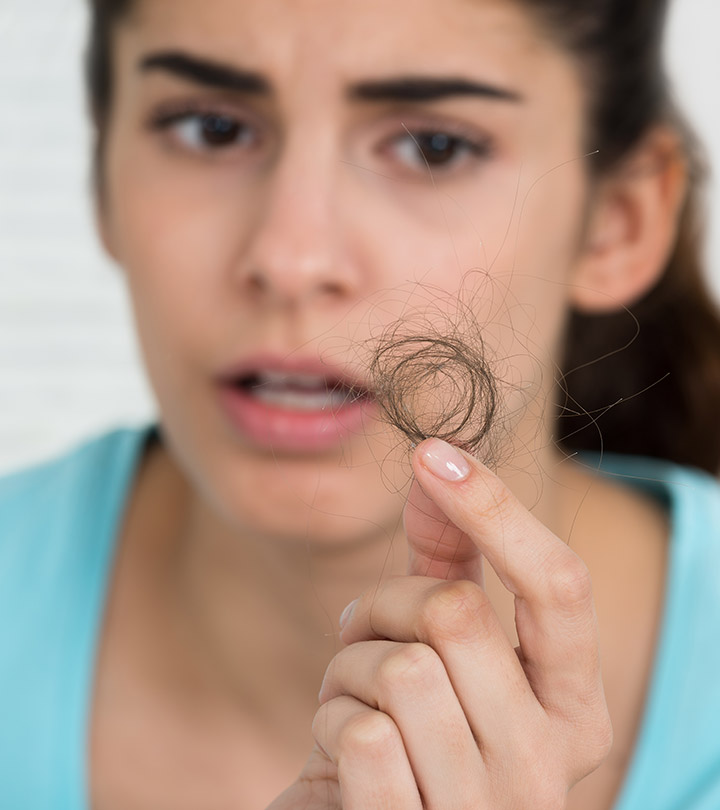

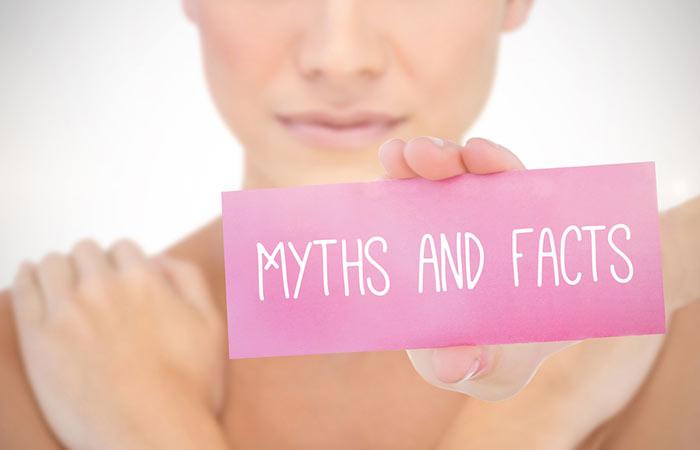
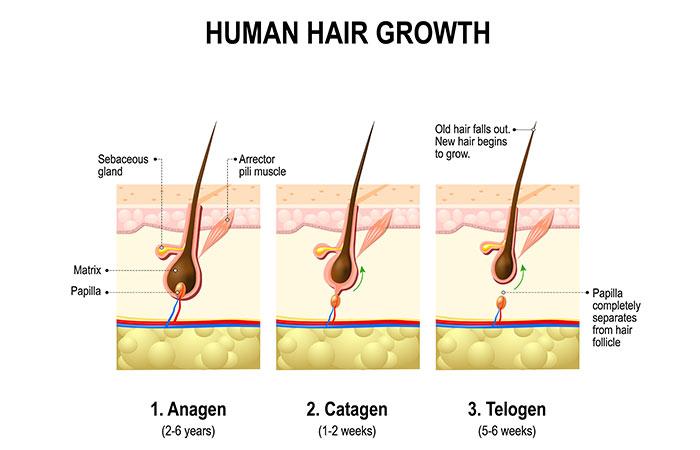
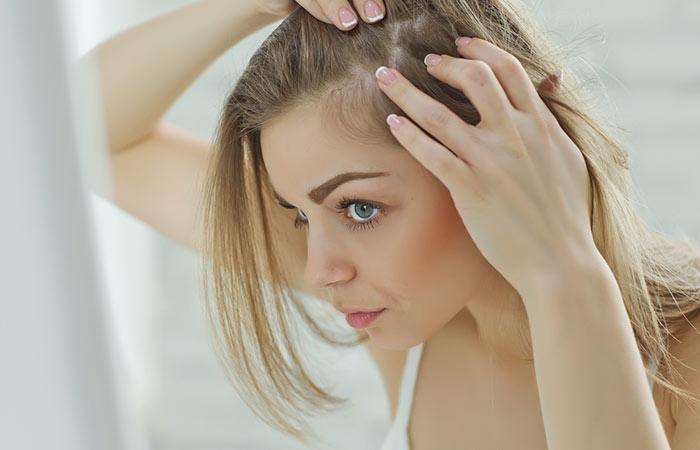

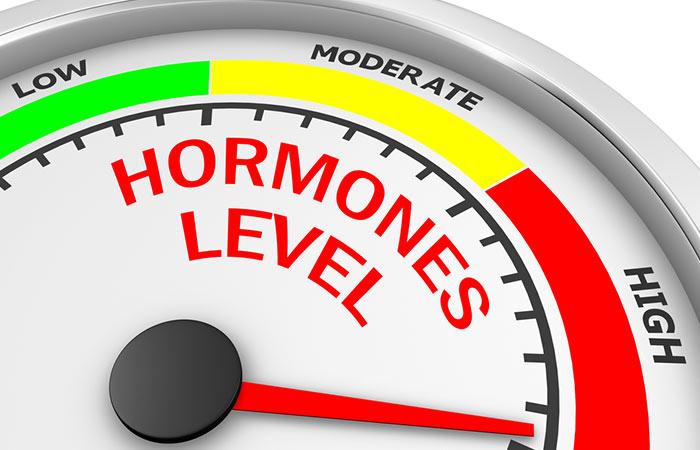
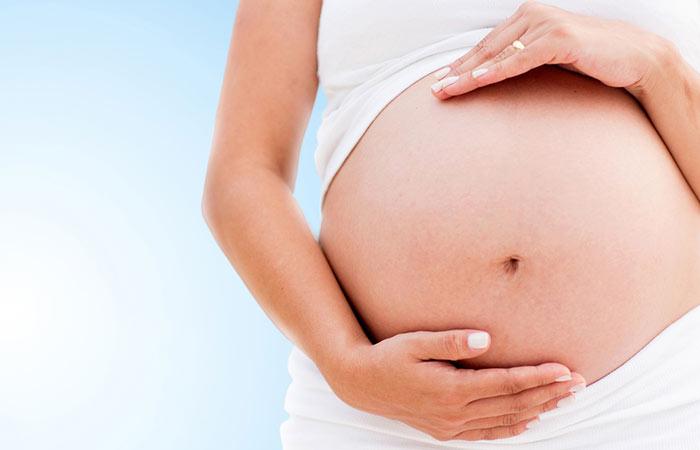
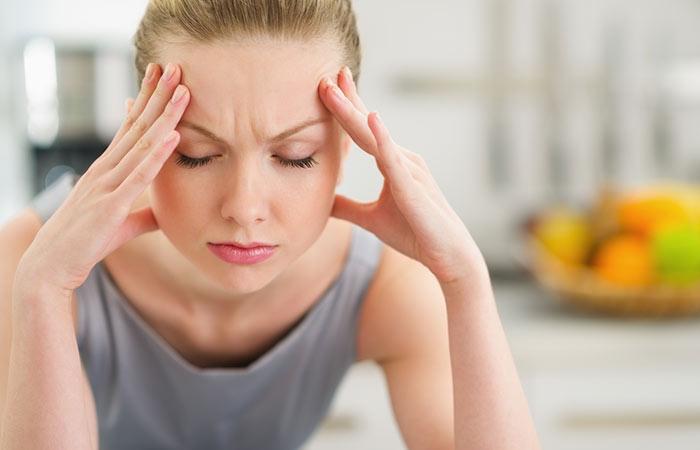
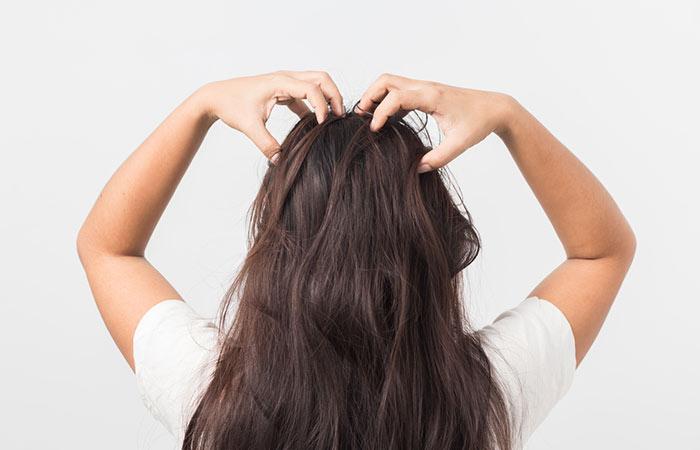
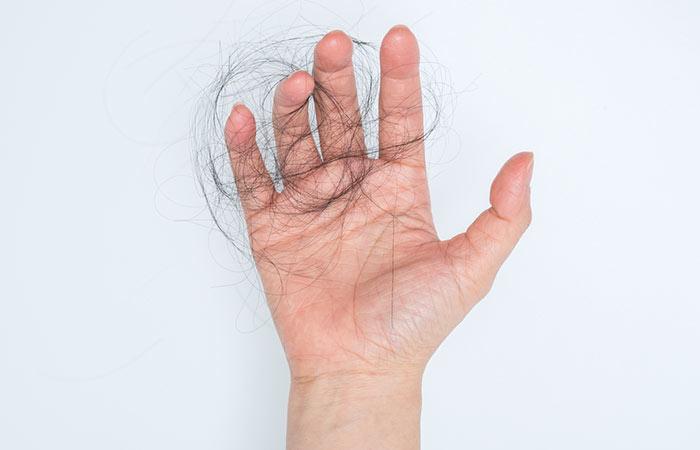

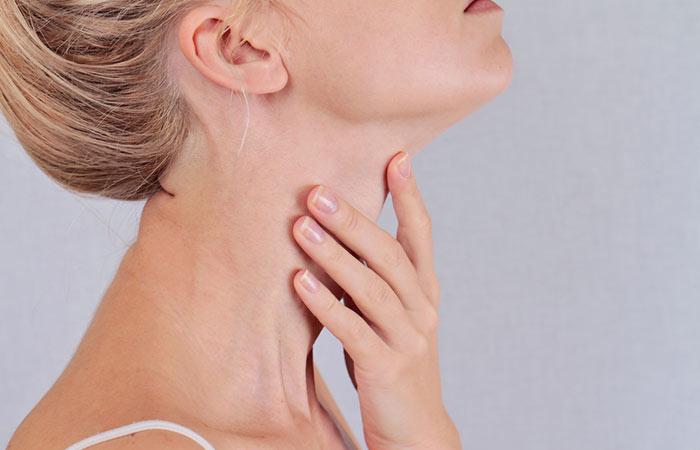
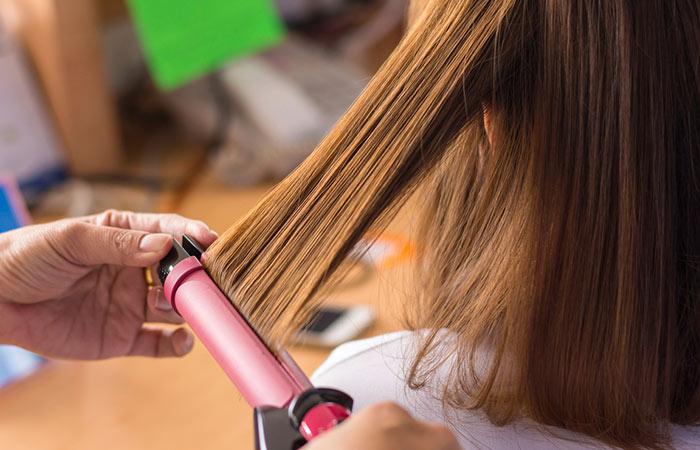
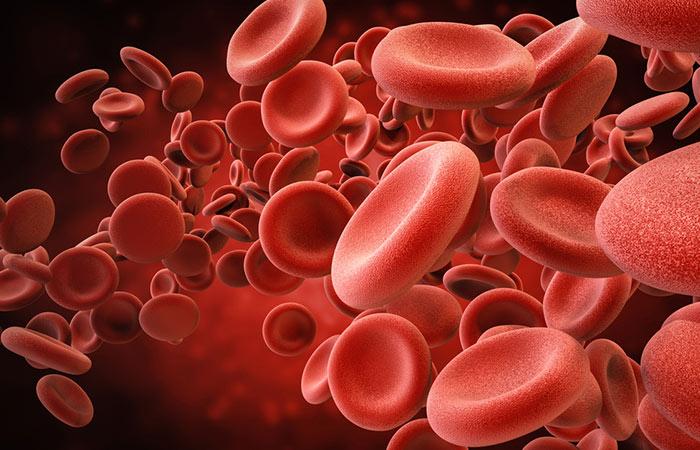
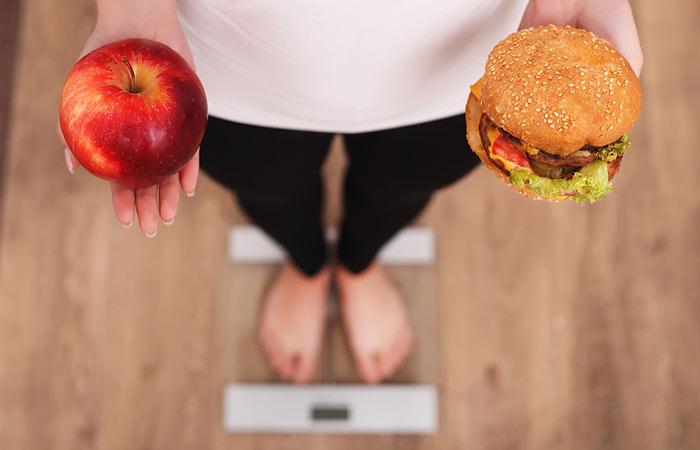

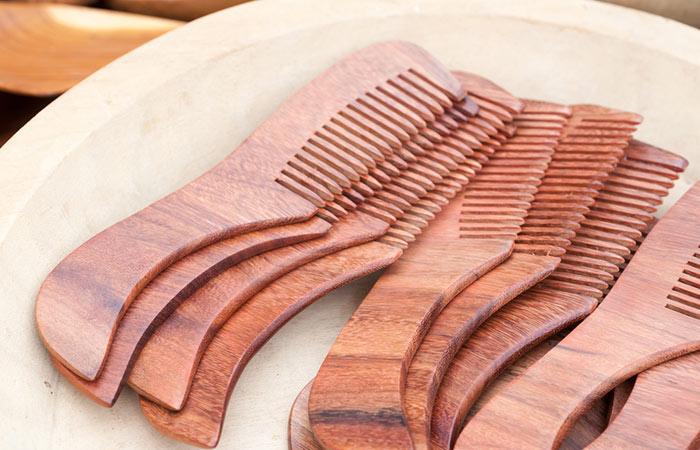
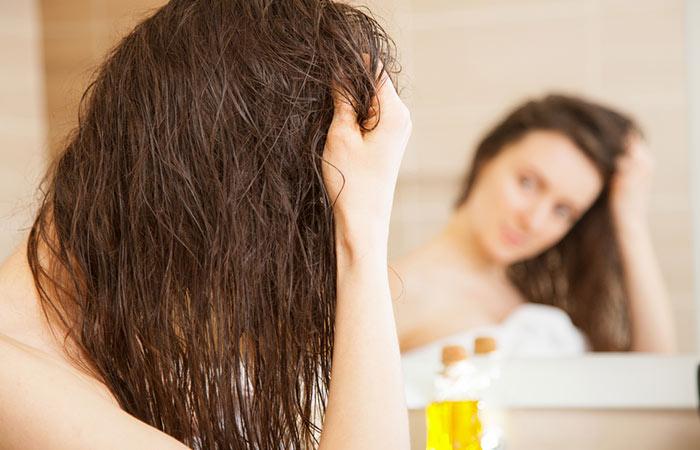

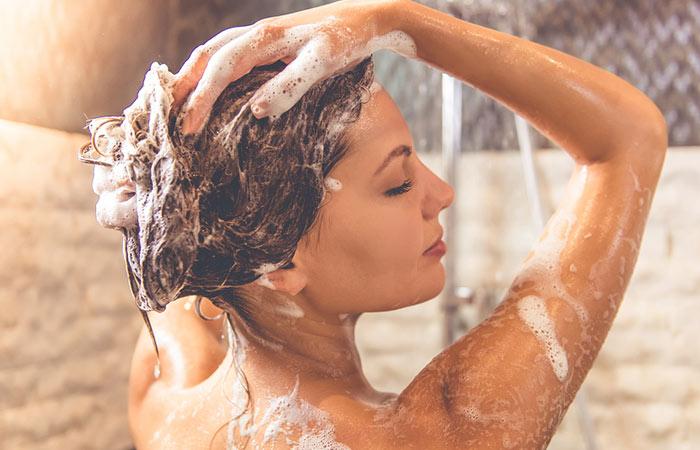
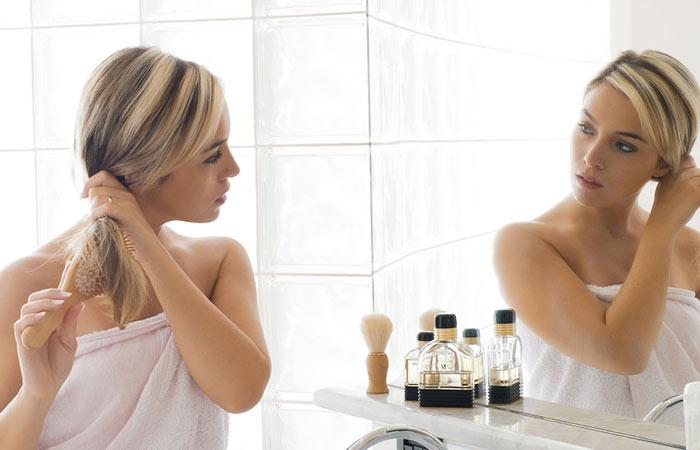
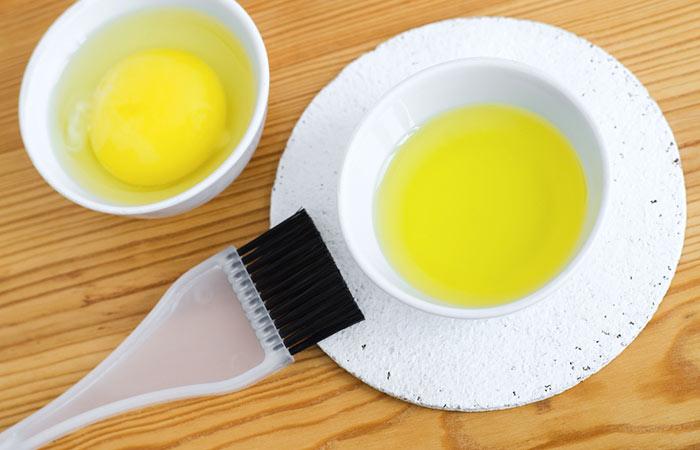
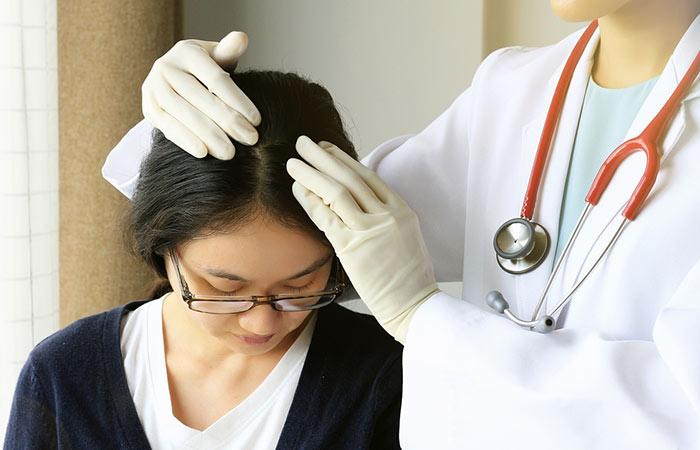


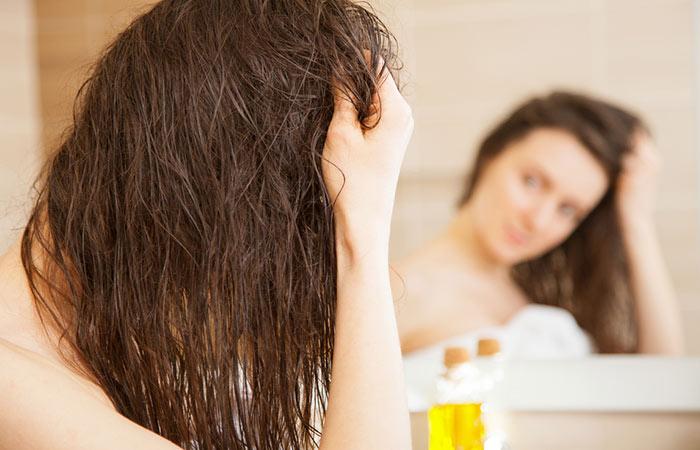
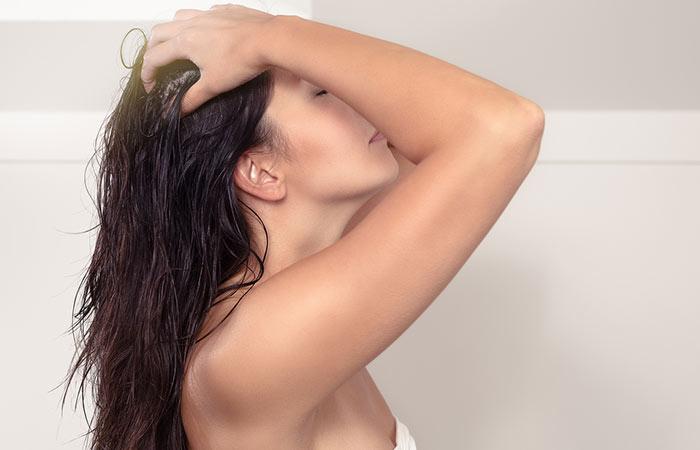
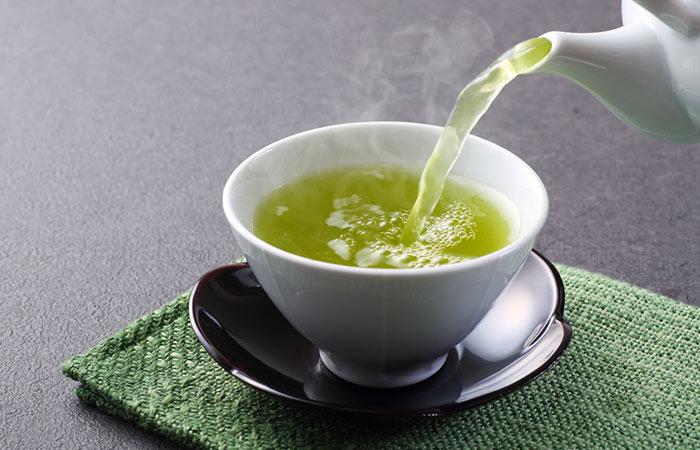
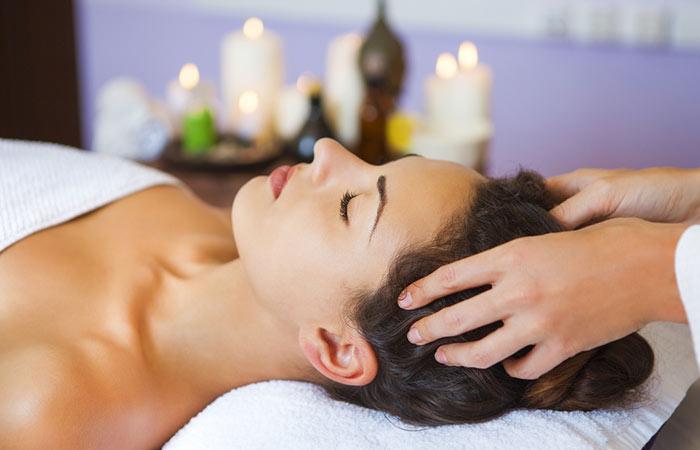
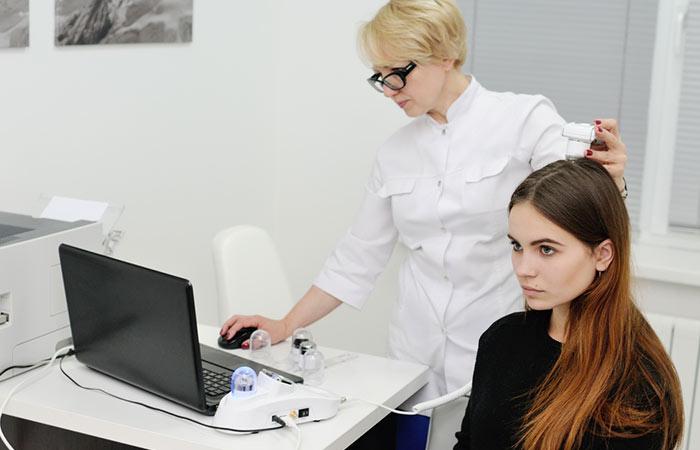

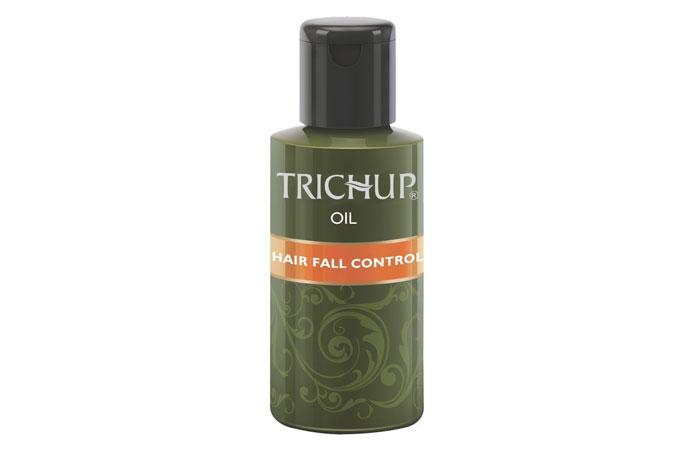
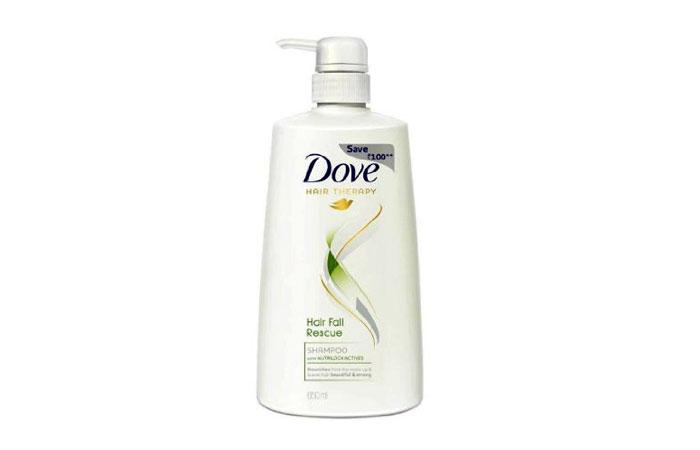
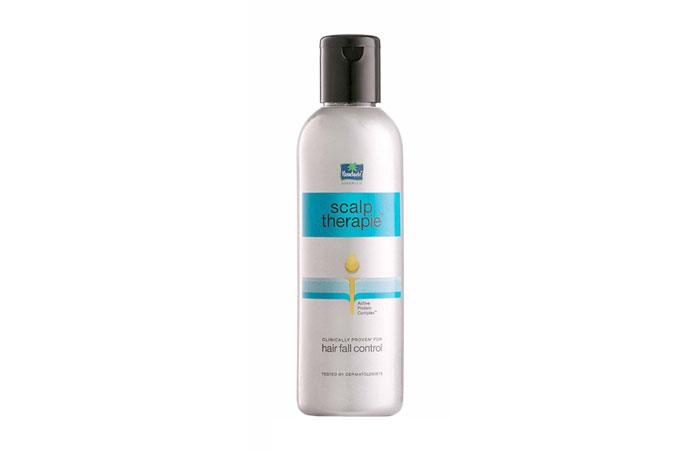
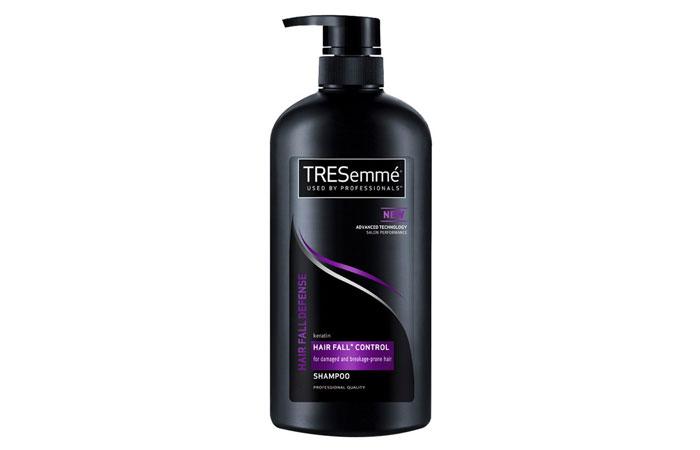
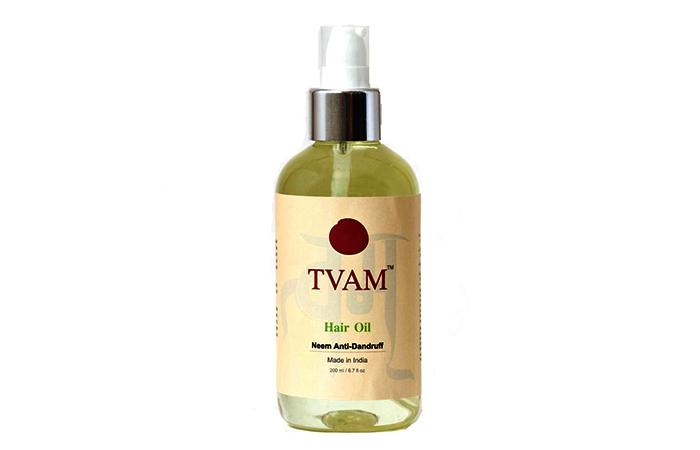
I found this blog informative or very useful for me. I suggest everyone, once you should go through this.
ReplyDeleteHow to lose weight fast